Living Reviews in Relativity ( IF 26.3 ) Pub Date : 2023-08-28 , DOI: 10.1007/s41114-023-00045-2
Pierre Auclair , David Bacon , Tessa Baker , Tiago Barreiro , Nicola Bartolo , Enis Belgacem , Nicola Bellomo , Ido Ben-Dayan , Daniele Bertacca , Marc Besancon , Jose J. Blanco-Pillado , Diego Blas , Guillaume Boileau , Gianluca Calcagni , Robert Caldwell , Chiara Caprini , Carmelita Carbone , Chia-Feng Chang , Hsin-Yu Chen , Nelson Christensen , Sebastien Clesse , Denis Comelli , Giuseppe Congedo , Carlo Contaldi , Marco Crisostomi , Djuna Croon , Yanou Cui , Giulia Cusin , Daniel Cutting , Charles Dalang , Valerio De Luca , Walter Del Pozzo , Vincent Desjacques , Emanuela Dimastrogiovanni , Glauber C. Dorsch , Jose Maria Ezquiaga , Matteo Fasiello , Daniel G. Figueroa , Raphael Flauger , Gabriele Franciolini , Noemi Frusciante , Jacopo Fumagalli , Juan García-Bellido , Oliver Gould , Daniel Holz , Laura Iacconi , Rajeev Kumar Jain , Alexander C. Jenkins , Ryusuke Jinno , Cristian Joana , Nikolaos Karnesis , Thomas Konstandin , Kazuya Koyama , Jonathan Kozaczuk , Sachiko Kuroyanagi , Danny Laghi , Marek Lewicki , Lucas Lombriser , Eric Madge , Michele Maggiore , Ameek Malhotra , Michele Mancarella , Vuk Mandic , Alberto Mangiagli , Sabino Matarrese , Anupam Mazumdar , Suvodip Mukherjee , Ilia Musco , Germano Nardini , Jose Miguel No , Theodoros Papanikolaou , Marco Peloso , Mauro Pieroni , Luigi Pilo , Alvise Raccanelli , Sébastien Renaux-Petel , Arianna I. Renzini , Angelo Ricciardone , Antonio Riotto , Joseph D. Romano , Rocco Rollo , Alberto Roper Pol , Ester Ruiz Morales , Mairi Sakellariadou , Ippocratis D. Saltas , Marco Scalisi , Kai Schmitz , Pedro Schwaller , Olga Sergijenko , Geraldine Servant , Peera Simakachorn , Lorenzo Sorbo , Lara Sousa , Lorenzo Speri , Danièle A. Steer , Nicola Tamanini , Gianmassimo Tasinato , Jesús Torrado , Caner Unal , Vincent Vennin , Daniele Vernieri , Filippo Vernizzi , Marta Volonteri , Jeremy M. Wachter , David Wands , Lukas T. Witkowski , Miguel Zumalacárregui , James Annis , Fëanor Reuben Ares , Pedro P. Avelino , Anastasios Avgoustidis , Enrico Barausse , Alexander Bonilla , Camille Bonvin , Pasquale Bosso , Matteo Calabrese , Mesut Çalışkan , Jose A. R. Cembranos , Mikael Chala , David Chernoff , Katy Clough , Alexander Criswell , Saurya Das , Antonio da Silva , Pratika Dayal , Valerie Domcke , Ruth Durrer , Richard Easther , Stephanie Escoffier , Sandrine Ferrans , Chris Fryer , Jonathan Gair , Chris Gordon , Martin Hendry , Mark Hindmarsh , Deanna C. Hooper , Eric Kajfasz , Joachim Kopp , Savvas M. Koushiappas , Utkarsh Kumar , Martin Kunz , Macarena Lagos , Marc Lilley , Joanes Lizarraga , Francisco S. N. Lobo , Azadeh Maleknejad , C. J. A. P. Martins , P. Daniel Meerburg , Renate Meyer , José Pedro Mimoso , Savvas Nesseris , Nelson Nunes , Vasilis Oikonomou , Giorgio Orlando , Ogan Özsoy , Fabio Pacucci , Antonella Palmese , Antoine Petiteau , Lucas Pinol , Simon Portegies Zwart , Geraint Pratten , Tomislav Prokopec , John Quenby , Saeed Rastgoo , Diederik Roest , Kari Rummukainen , Carlo Schimd , Aurélia Secroun , Alberto Sesana , Carlos F. Sopuerta , Ismael Tereno , Andrew Tolley , Jon Urrestilla , Elias C. Vagenas , Jorinde van de Vis , Rien van de Weygaert , Barry Wardell , David J. Weir , Graham White , Bogumiła Świeżewska , Valery I. Zhdanov ,

|
The Laser Interferometer Space Antenna (LISA) has two scientific objectives of cosmological focus: to probe the expansion rate of the universe, and to understand stochastic gravitational-wave backgrounds and their implications for early universe and particle physics, from the MeV to the Planck scale. However, the range of potential cosmological applications of gravitational-wave observations extends well beyond these two objectives. This publication presents a summary of the state of the art in LISA cosmology, theory and methods, and identifies new opportunities to use gravitational-wave observations by LISA to probe the universe.
中文翻译:

激光干涉仪空间天线的宇宙学
激光干涉仪空间天线(LISA)有两个宇宙学焦点的科学目标:探测宇宙的膨胀率,了解随机引力波背景及其对早期宇宙和粒子物理学(从兆电子伏到普朗克尺度)的影响。然而,引力波观测的潜在宇宙学应用范围远远超出了这两个目标。本出版物总结了 LISA 宇宙学、理论和方法的最新技术水平,并确定了利用 LISA 引力波观测来探测宇宙的新机会。


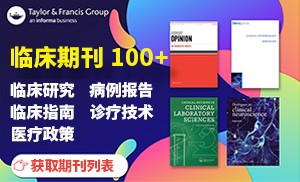





















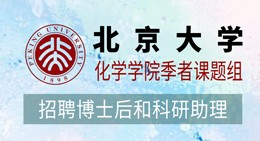


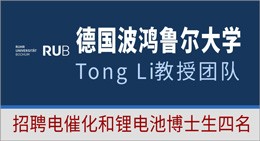

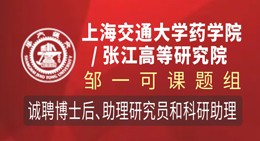
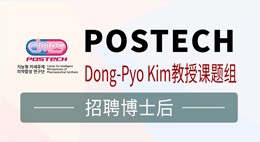
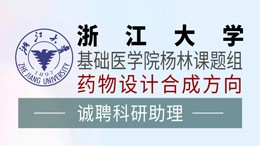



 京公网安备 11010802027423号
京公网安备 11010802027423号